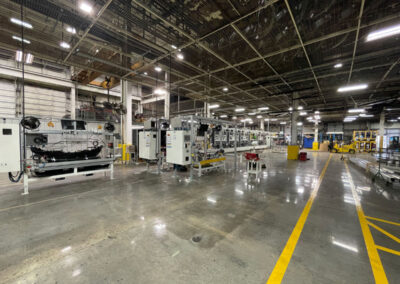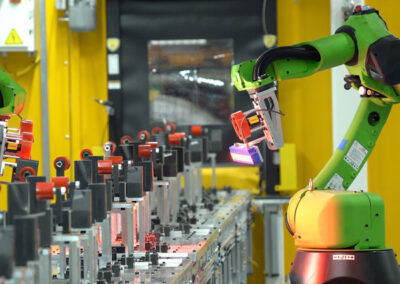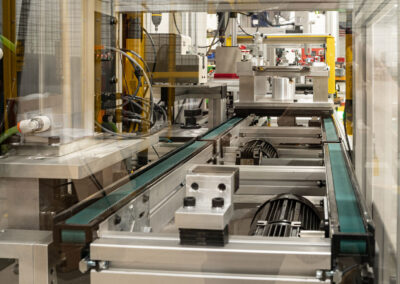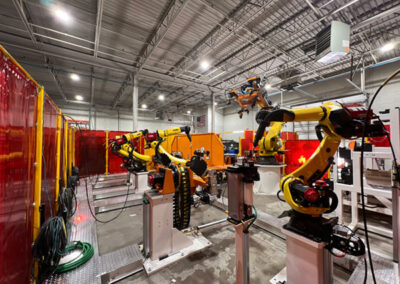Secondary Equipment
When designing an assembly system, we may find it necessary to incorporate secondary actions to improve the overall efficiency and accuracy of the process. Secondary equipment can help with tasks such as clip application, degating, trimming, and punching, among others. The following process leads to cost savings and improved quality control.
Identify Secondary Equipment Needs
We will assess your requirements and identify areas where secondary equipment can supplement or improve the assembly process. This could be something as simple as the need for a clip application system or more complex, such as incorporating robotic degating.
Evaluate Equipment Options
We will evaluate different equipment options needed to fulfill the identified need. This includes researching and comparing different manufacturers, reviewing equipment specifications, and consulting with industry experts, including you, to define the best solution.
Design Integration
Once the equipment has been selected, We will identify the correct placement of the equipment within the assembly process and design any necessary structures or tooling to ensure the integrity of the assembly process, quality, and repeatable results.
Programming and Testing
The programming and testing phase involves developing the necessary software to control the secondary equipment and ensuring that it is integrated with the assembly system. We will test the entire system to ensure that it operates efficiently and accurately.
Installation and Commissioning
Once the system has been programmed and tested, it will be installed and commissioned on-site. We will oversee the installation process and provide training on how to operate and maintain the system.
Follow-up and Support
We offer support services after installation to ensure that the secondary equipment continues to operate at peak efficiency. This may include maintenance, troubleshooting, and repairs as necessary.
Ready to Get Started?
Your customized solution is just a click away.




